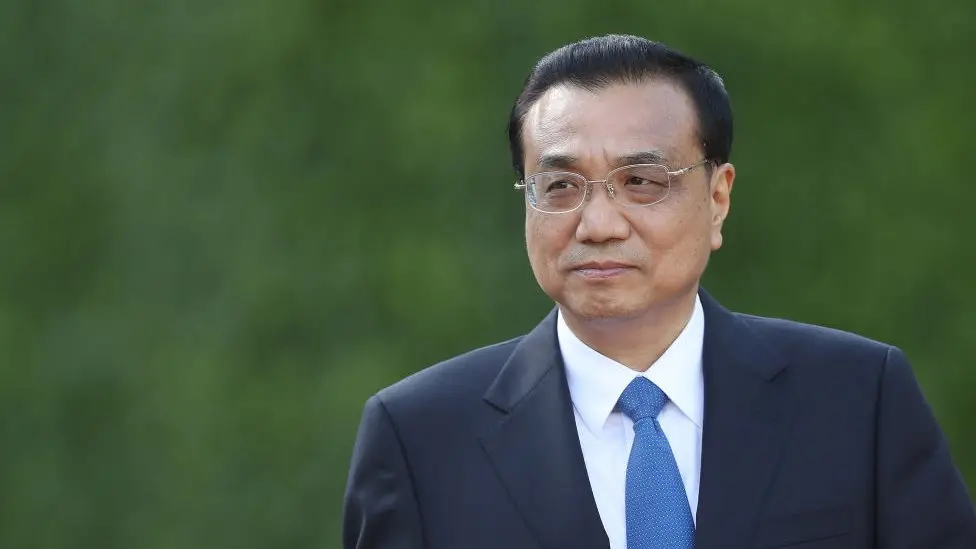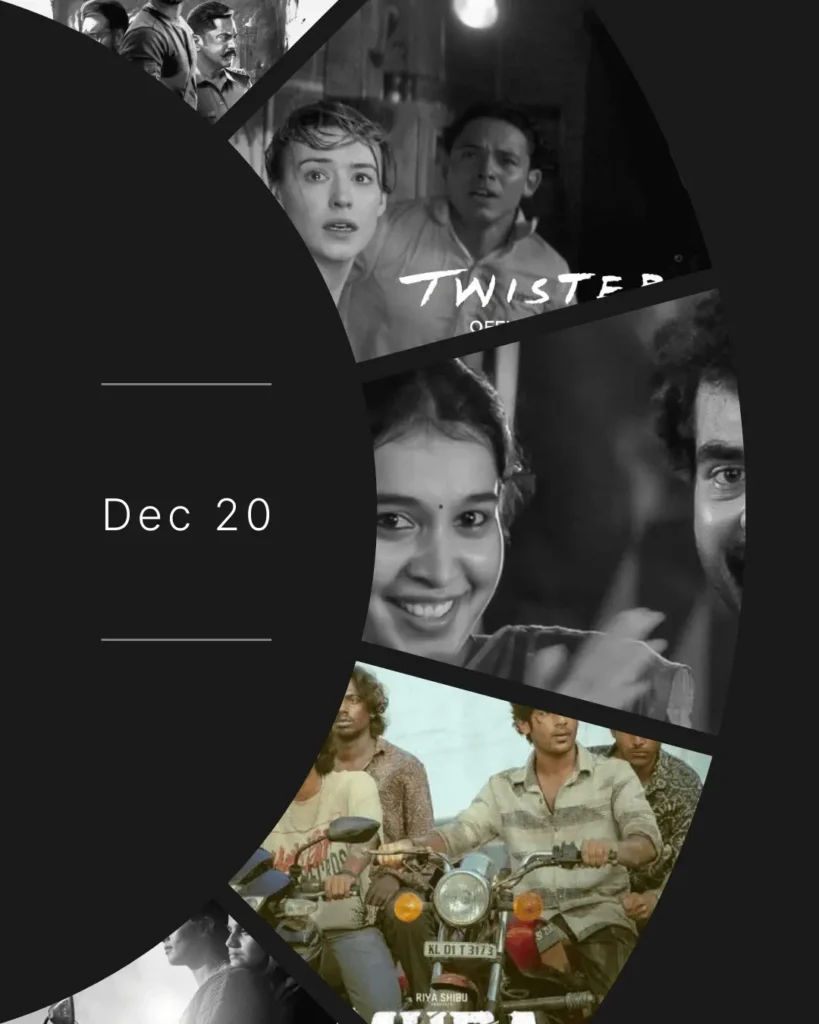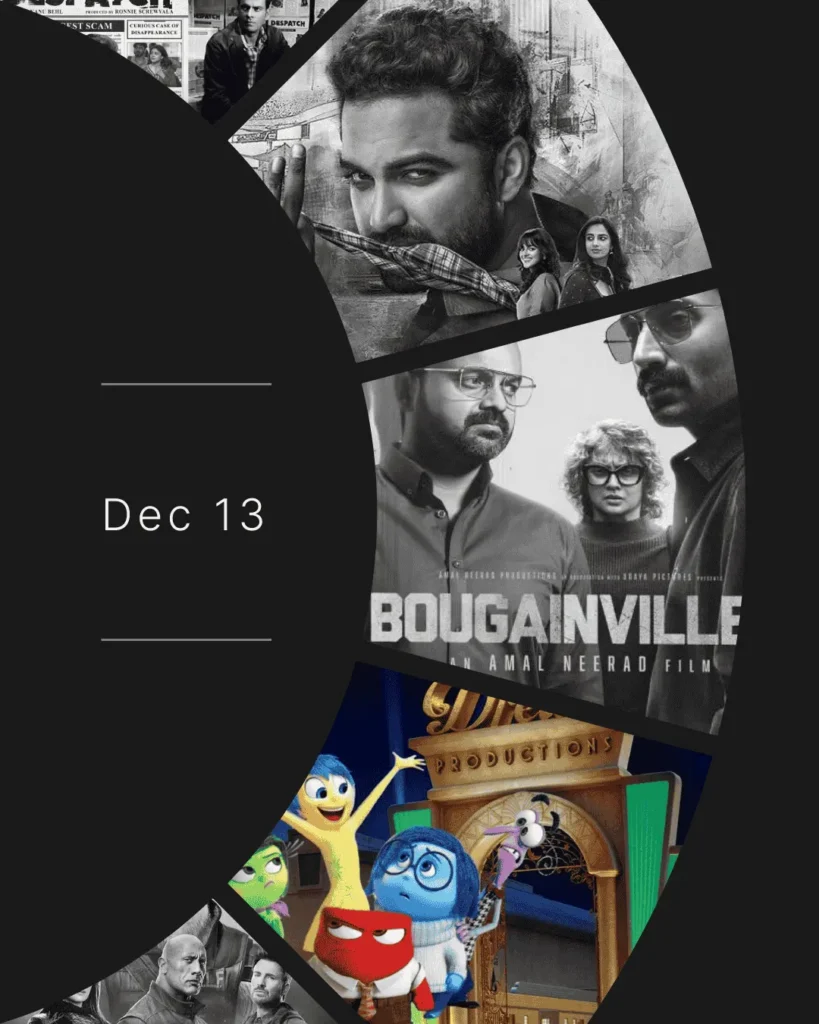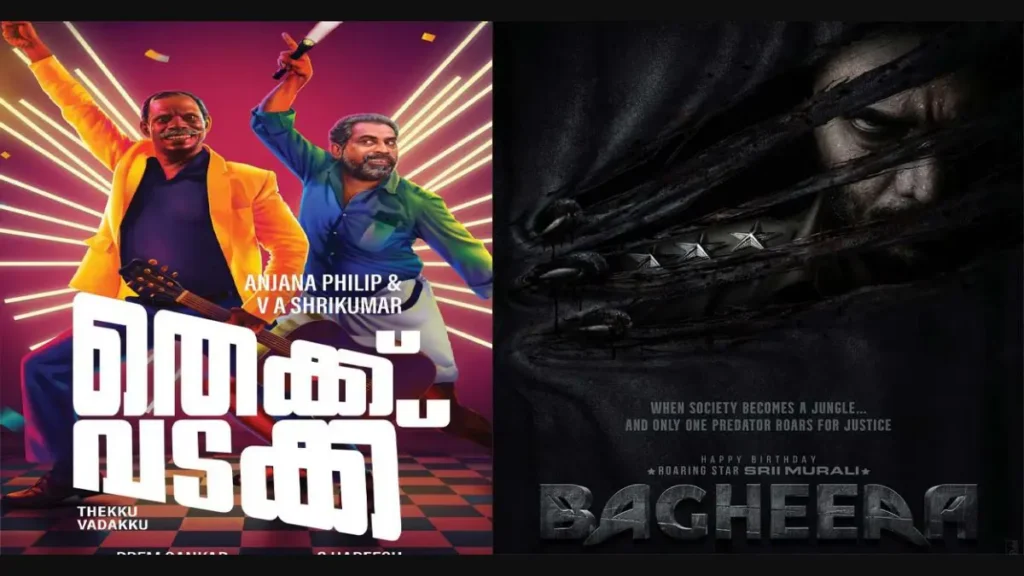What are the OTT releases this week? With so many releases across platforms, unfortunately, I couldn’t find any great options for you this week, since all releases are mediocre except Night Agent season 2. Why I pick that; scroll down to read more.

Srikakulam Sherlock Holmes: A Detective Without Direction
Platform: ETV Win
Director: Mohan
Cast: Vennela Kishore, Ananya Nagalla, Prabhakar, Anish Kuruvilla
Plot & Review: Srikakulam Sherlock Holmes (2024)
Balu (Vennela Kishore), a telephone booth operator, finds himself entangled in a mysterious case alongside Brahma (Ananya Nagalla), a police officer, and a group of fishermen. As a private detective, Balu must solve the case within seven days, but the deeper he digs, the more tangled the truth becomes.
❤️ Ananya Nagalla at her best, making the most of her well-written role.
❤️ Some Srikakulam-accented humour works in parts, bringing a lighthearted touch.
❌ Forced twists undermine character consistency, making the story feel insincere.
❌ The film struggles between paying homage to Chiru’s Chantabbai and becoming a shallow imitation.
Opinion: Despite Vennela Kishore’s comedic strengths, Srikakulam Sherlock Holmes fails to balance humour with mystery. Instead of an engaging detective thriller, the film relies on predictable reveals and uninspired writing.
Hisaab Barabar: A Math Whiz in a Messy Thriller
Platform: ZEE5
Director: Ashwani Dhir
Cast: R Madhavan, Neil Nitin Mukesh, Kirti Kulhari, Manu Rishi
Plot & Review: Hisaab Barabar (2024)
Radhe Mohan Sharma (R Madhavan), a ticket collector with a sharp mind for numbers, finds himself entangled in the shady dealings of a corrupt banker, Mickey Mehta (Neil Nitin Mukesh). As he navigates a financial scam, a police officer (Kirti Kulhari) with a past connection to him complicates matters further.
❤️ Madhavan brings his affable charm, making even dull scenes watchable.
❤️ The film had the potential to be a sharp social satire on corruption.
❌ Neil Nitin Mukesh’s over-the-top villain weakens the narrative.
❌ Forced humour and underdeveloped subplots drag down the storytelling.
Opinion: Hisaab Barabar starts with an interesting premise but quickly loses its footing due to cartoonish villains and clunky execution. Madhavan’s performance is a saving grace, but the film fails to balance its social message with engaging storytelling. A forgettable thriller with wasted potential.
The Smile Man: A Cop, A Killer, A Missed Opportunity
Platform: Aha
Director: Syam-Praveen
Cast: Sarathkumar, Kalaiyarasan, Suresh Menon, Sija Rose, Sreekumar
Plot & Review: The Smile Man (2024)
Chidambaram Nedumaran (Sarathkumar), a retired cop battling Alzheimer’s, is pulled back into a serial killer case. The elusive “Smile Man” leaves behind gruesome victims with eerie carved smiles, and Chidambaram must race against his fading memory to catch him.
❤️ Sarathkumar delivers a committed performance despite the film’s flaws.
❤️ The premise has potential, mixing crime with a psychological edge.
❌ Overuse of flashbacks and sluggish pacing drain the suspense.
❌ The killer’s weak backstory and plot loopholes dull the impact.
Opinion: Despite a gripping setup, The Smile Man turns into a sluggish thriller that never fully utilises its strengths. Sarathkumar shines, but the film’s predictable writing and uninspired execution leave it struggling to stand out. A thriller that needed sharper teeth like Por Thozhil.
Thiru.Manickam: A Moral Tale That Feels Too Preachy
Platform: ZEE5
Director: Nandha Periyasamy
Cast: Samuthirakani, Ananya, Bharathiraja, Nassar, Thambi Ramaiah
Plot & Review: Thiru.Manickam (2024)
Manickam (Samuthirakani), a humble lottery ticket seller in Kumily, discovers that an old man (Bharathiraja) has won a ₹1.5 crore jackpot. Despite his own financial struggles, Manickam embarks on a mission to hand over the prize to its rightful owner. However, his journey is filled with resistance—from his family’s desperation to corrupt police officers trying to seize the money.
❤️ Samuthirakani fits the role perfectly, delivering his signature earnest performance.
❤️ The film attempts to highlight righteousness and social values.
❌ Overt messaging makes the film feel more like a moral lecture than a gripping drama.
❌ Convenient plot points and exaggerated scenarios dilute the impact.
Opinion: While Thiru.Manickam starts with a promising premise, it quickly loses its charm due to heavy-handed storytelling and unrealistic conveniences. It aims to be an uplifting tale of honesty but ends up feeling contrived and repetitive. A film with good intentions but weak execution.
Barroz: A Grand Vision That Falls Short
Platform: Disney+ Hotstar
Director: Mohanlal
Cast: Mohanlal, Maya Rao West, Guru Somasundaram
Plot & Review: Barroz (2024)
Barroz (Mohanlal), a ghostly guardian, has spent 400 years protecting a hidden treasure, waiting for the rightful heir of Portuguese explorer Vasco da Gama. As modern-day investors plan to turn the palace into a casino, Barroz’s duty is tested, leading to an adventure filled with magic, history, and redemption.
❤️ Mohanlal’s presence adds gravitas to the fantasy setting.
❤️ Some 3D sequences and visual effects are well-executed.
❌ The screenplay feels weak, with overdramatic dialogues that dilute the impact.
❌ The storytelling lacks depth, making it less engaging for children and adults alike.
Opinion: As Mohanlal’s ambitious directorial debut, Barroz had the potential to be a landmark fantasy film. However, its sluggish pacing, inconsistent writing, and uneven VFX make it a missed opportunity rather than a magical adventure. While visually appealing in parts, it struggles to deliver an emotionally compelling experience.
Razakar: History or Hysteria?
Platform: Aha
Director: Yata Satyanarayana
Cast: Raj Arjun, Indraja, Anasuya Bharadwaj, Makarand Deshpande
Plot & Review: Razakar (2024)
Set during the turbulent integration of Hyderabad into India, Razakar attempts to depict the atrocities committed by the Nizam’s private militia. The film follows a brutal, one-sided narrative, showing Hindu villages under attack and portraying the Razakars as bloodthirsty villains. Packed with gory visuals, exaggerated violence, and politically charged storytelling, it prioritises shock value over nuance.
❤️ Strong production values, especially in cinematography and costume design.
❤️ Powerful background score enhances the intensity of key scenes.
❌ Overly simplistic and one-dimensional portrayal of history.
❌ Excessive, graphic violence desensitises rather than engages the audience.
Opinion: Razakar tries to be a historical exposé but ends up as a loud, sensationalised retelling that prioritises fear-mongering over balanced storytelling. Instead of offering an insightful take on Hyderabad’s past, it leans on exaggerated violence and selective narratives, making it a film that serves a political agenda more than historical accuracy.
The Night Agent 2: Action-Packed But Missing the Spark
Platform: Netflix
Director: Shawn Ryan
Cast: Gabriel Basso, Luciane Buchanan, Arienne Mandi, Amanda Warren, Brittany Snow, Keon Alexander
Plot & Review: The Night Agent (Season 2)
Ten months after saving the President, Peter Sutherland (Gabriel Basso) is now a full-fledged agent of the top-secret Night Action program. Sent on an intel mission to Thailand, his assignment goes sideways, forcing him to return to New York, where he suspects a mole is working against the agency. Meanwhile, a young Iranian diplomat, Noor (Arienne Mandi), wants to defect but is caught in a dangerous web of espionage and betrayal.
❤️ The high-stakes espionage keeps the tension alive.
❤️ Noor’s subplot adds depth, exposing political hypocrisies.
❌ Lacks the gripping romance of Season 1—Peter and Rose feel sidelined.
❌ Over-reliance on action dilutes the character-driven storytelling.
Opinion: While The Night Agent 2 retains the fast-paced action and high-stakes conspiracies, it struggles to recreate the magic of its debut season yet is watchable. The espionage elements remain thrilling, but the emotional core—especially Peter and Rose’s chemistry—feels neglected. With Season 3 already confirmed, here’s hoping the show balances its action with deeper character moments.
For more updates on movies and theatrical releases, click here.











